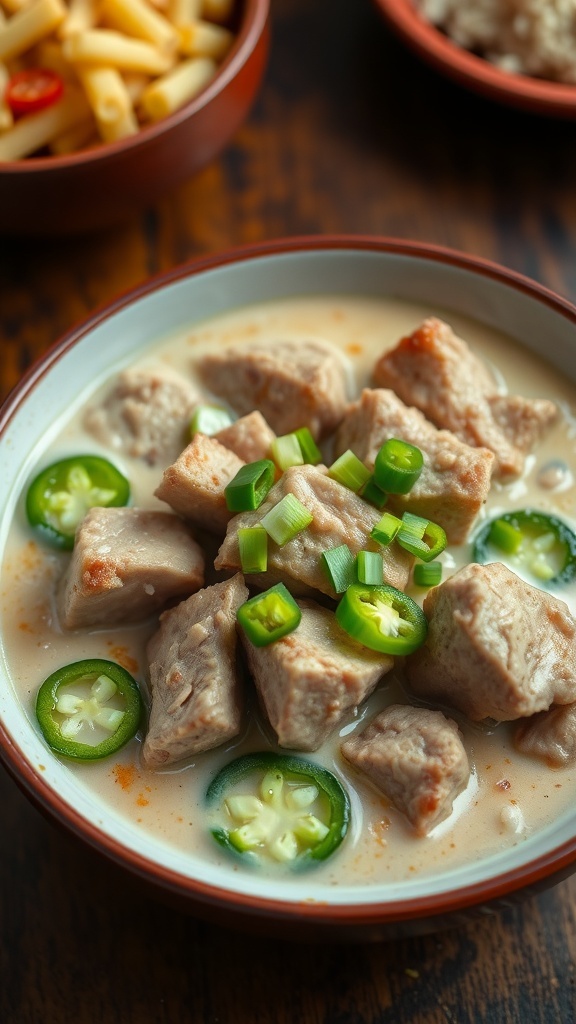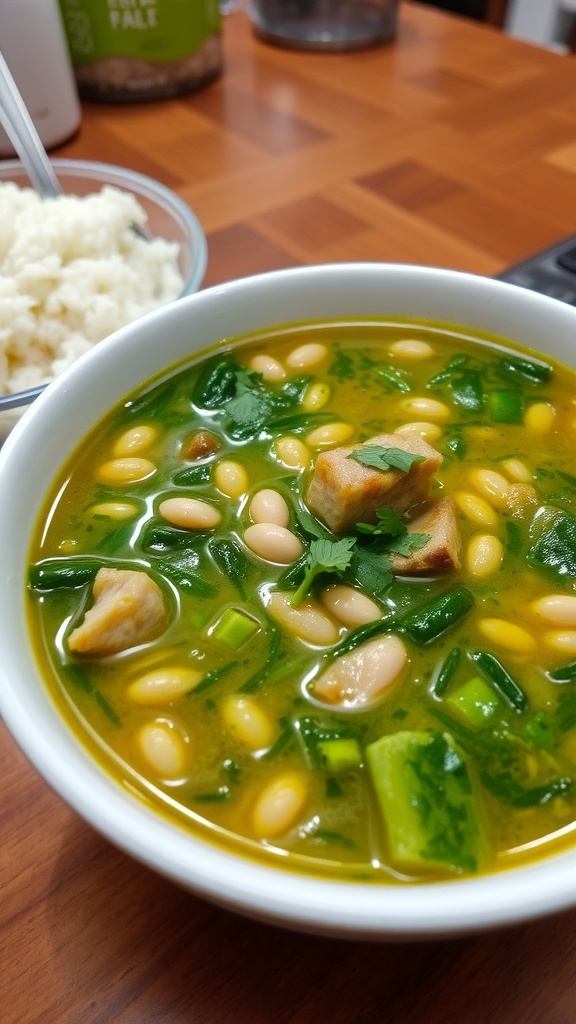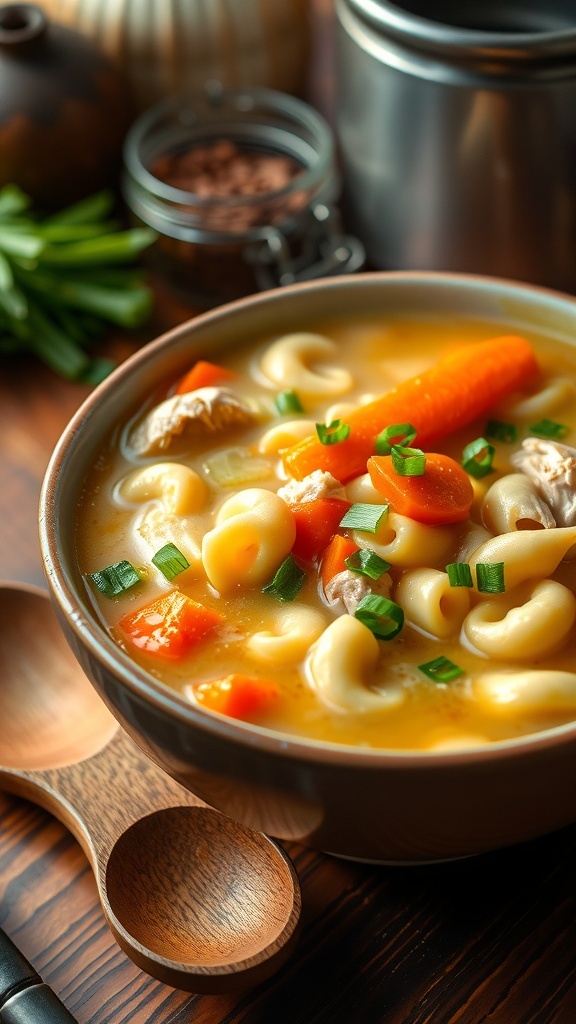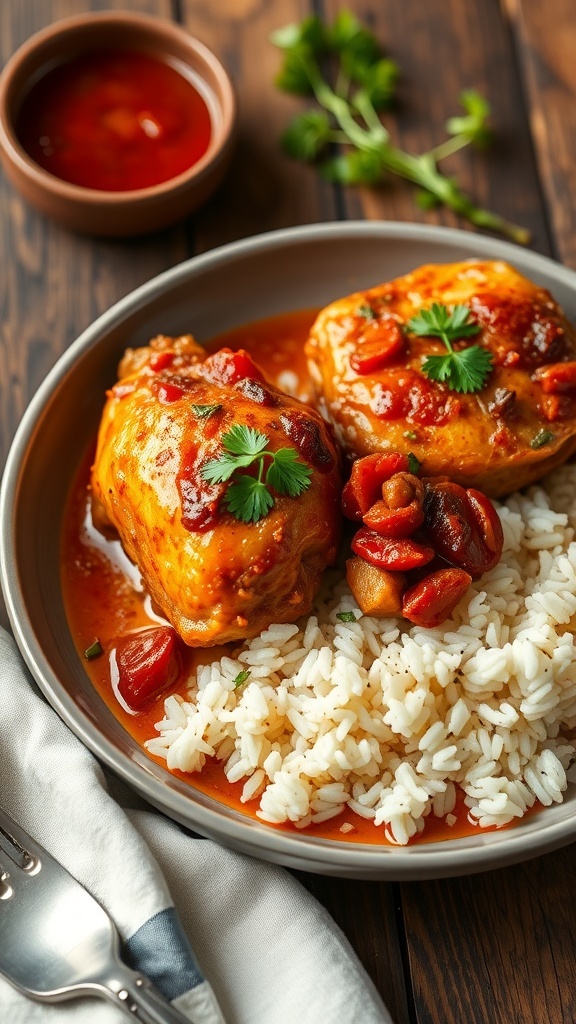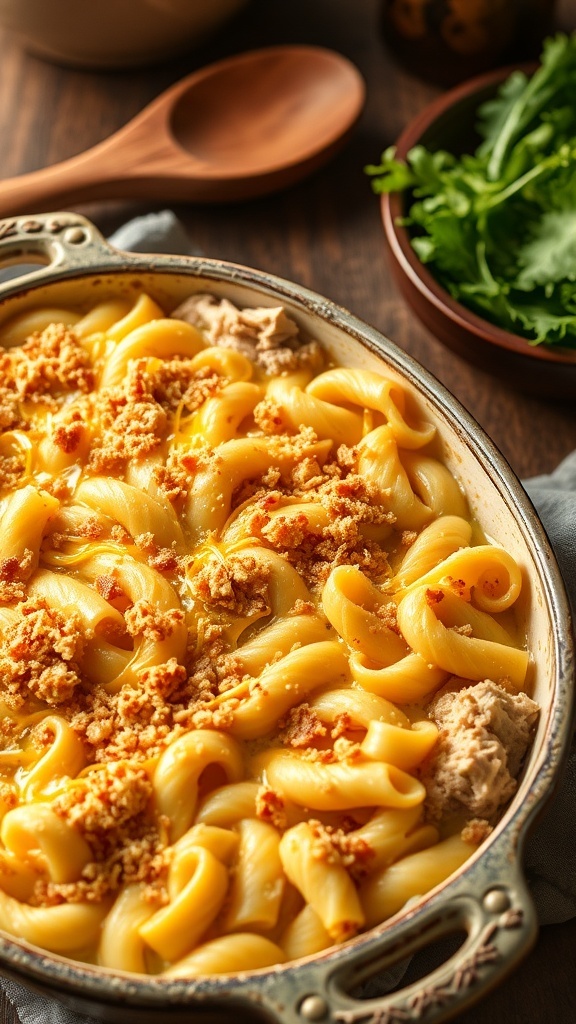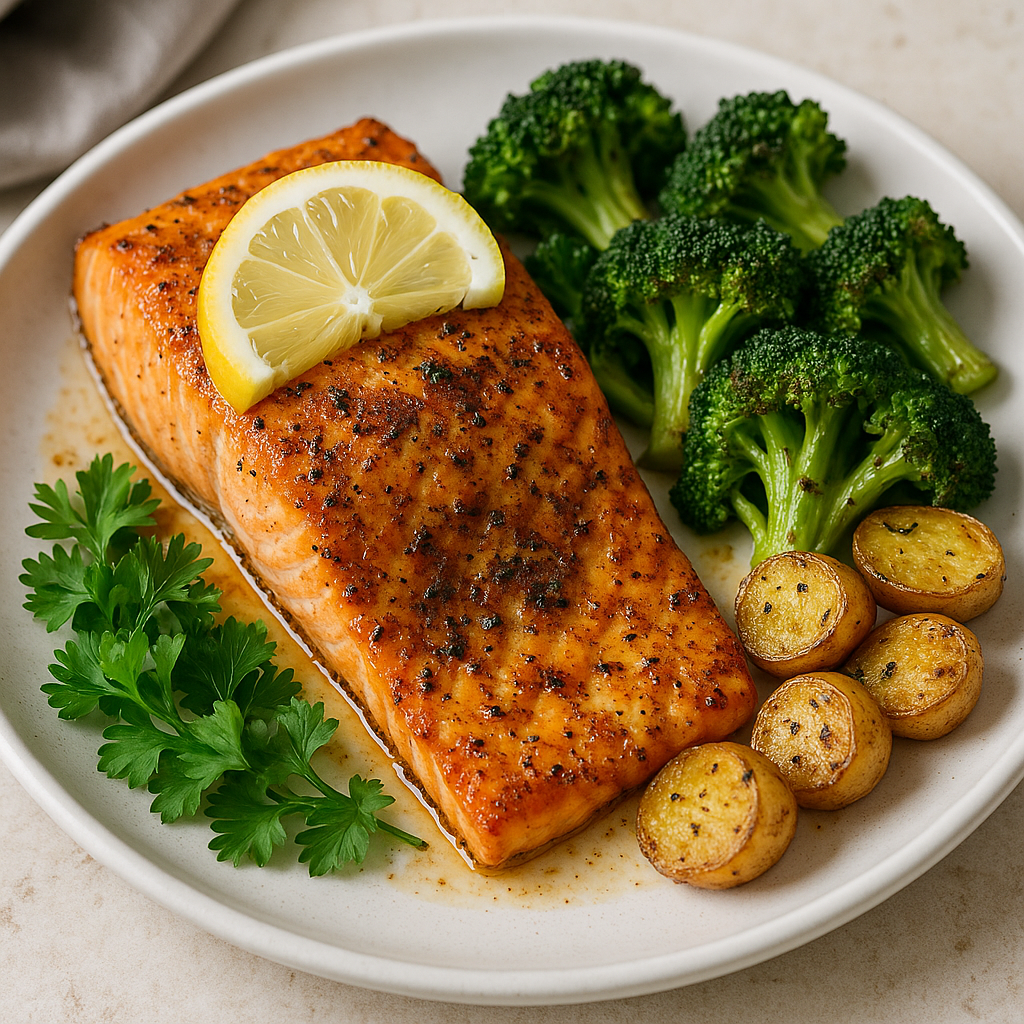
Salmon is a versatile and delicious fish that fits well into many meals. Whether you like it grilled, baked, or pan-seared, salmon can be cooked easily to give you a flavorful and healthy dish in just a short time. I’ve found that the right balance of seasoning and cooking method brings out the best texture and taste in this fish.
Cooking salmon doesn’t have to be complicated. With simple ingredients and clear steps, you can make a great meal for busy weeknights or special occasions. I will share how to prepare salmon in a way that keeps it juicy, flaky, and tasty every time.
You can also explore variations that suit your taste, from creamy sauces to sweet glazes. I’ll cover tips that help avoid common mistakes and suggest side dishes that pair well, making your salmon recipe complete.
Key Takeaways
- Use simple seasoning and correct cooking time for the best salmon.
- Clear steps make salmon easy to cook for any occasion.
- Pair salmon with sides and sauces to enhance the meal.
Ingredients for Salmon Fish Recipe
Choosing the right salmon and spices sets the foundation for a good meal. Adding some optional ingredients can boost flavor and texture without complicating the recipe.
Selecting Fresh Salmon
I always start by picking fresh salmon fillets. Look for flesh that is firm, moist, and bright pink or orange. Avoid any fish that looks dull or has a strong fishy smell. Fresh salmon should have shiny skin if skin-on.
Wild-caught salmon often has a richer flavor, but farmed salmon can be more affordable and still taste good. For most recipes, I prefer skin-on fillets because the skin crisps nicely when cooked, adding texture.
I recommend portion sizes of 4 to 6 ounces per person. Thicker fillets cook more evenly and stay juicier.
Essential Spices and Herbs
A simple salmon recipe usually needs only a few spices. Salt and black pepper are must-haves to bring out natural flavors. I like to add garlic powder or fresh minced garlic for extra aroma.
Fresh herbs like dill, thyme, or parsley pair well with salmon. Thyme works nicely if I’m pan-searing, while dill and parsley are great for roasted or grilled salmon.
Lemon zest or a squeeze of lemon juice brightens the dish. For a touch of sweetness or heat, I sometimes use a small amount of honey or chili flakes.
Optional Add-Ins
To enhance the recipe, I sometimes add ingredients that complement salmon without overpowering it. Olive oil or melted butter helps keep the fish moist and adds richness.
Store-bought dressings, such as Greek dressing, can add flavor quickly. Maple syrup or soy sauce gives a sweet and savory glaze for baked salmon.
For texture, I might add garlic roasted broccoli or a fresh summer salad on the side. These help make the meal balanced and colorful without extra cooking fuss.
Step-by-Step Salmon Preparation
Preparing salmon properly is key to a tasty dish. I focus on cleaning the fish well, choosing the right marinating method for flavor, and cutting it so it cooks evenly. These steps help me get the best texture and taste.
Cleaning and Prepping Salmon
First, I rinse the salmon under cold water to remove any surface dirt. I pat it dry with paper towels to avoid excess moisture. Removing pin bones is important, so I use tweezers to pull out any I find along the fillet.
I also check the skin. Sometimes I leave it on to help hold the salmon together while cooking. If I plan to remove it, I do that after cooking to keep the fish intact. Finally, I trim any uneven edges for even cooking.
Marinating Techniques
To add flavor, I use simple marinades with ingredients like lemon juice, olive oil, garlic, and herbs. I avoid marinades with too much acid, since they can break down the fish too much.
I let the salmon marinate for about 15 to 30 minutes. This time is enough to soak in flavor without making the flesh mushy. When marinating, I make sure to keep the fish chilled in the fridge.
Cutting Methods
Cutting salmon evenly is important so it cooks at the same rate. I usually cut across the grain into 1-inch to 1.5-inch portions for pan-searing or grilling. For recipes like ceviche or tartare, I cut into small, uniform cubes.
When slicing, I use a sharp knife angled slightly to create smooth cuts. This helps prevent the salmon from breaking apart. Keeping pieces equal in size avoids uneven cooking.
Cooking Methods for Salmon
I focus on cooking methods that bring out the natural flavor and texture of salmon. The right temperature and timing are key for a moist, tender result. Whether using the oven, grill, or stovetop, you can achieve a perfectly cooked piece of salmon with a few simple steps.
Baking Salmon
Baking salmon is a hands-off method that produces even cooking. I preheat the oven to around 375°F (190°C). Placing the salmon skin-side down on a lined baking sheet helps the skin crisp up.
Season your salmon simply with salt, pepper, and lemon slices or herbs like dill.
Bake for 12 to 15 minutes, depending on thickness. The salmon is done when it flakes easily with a fork but still looks moist inside.
Avoid overbaking, which can dry the fish.
Grilling Techniques
Grilling adds a smoky flavor and a nice crust. I always oil the grill grates well to prevent sticking. Using skin-on fillets helps hold the fish together on the grill.
Start grilling over medium-high heat for about 4 to 6 minutes per side. Flip carefully once to avoid breaking.
For a smoky touch, I like to add wood chips or herbs directly to the coals or in a smoker box.
Check for doneness by pressing gently; the fish should be firm but springy.
Stovetop Cooking Tips
Pan-searing is fast and gives me a crispy skin with tender flesh. I heat a non-stick or cast-iron skillet over medium-high heat and add a bit of oil.
Place the salmon skin-side down first to get it crispy. Cook for 4 to 5 minutes, then flip carefully and cook for another 3 to 4 minutes.
To keep the salmon moist, I sometimes cover the pan briefly or add a splash of water or broth and cover to steam the fish.
Season simply with salt, pepper, and perhaps garlic or herbs. Avoid moving the fillet too much during cooking.
Plating and Presentation
Presenting salmon nicely adds to the meal’s appeal and shows care in your cooking. I focus on balancing color, texture, and arrangement to make the plate inviting and easy to enjoy.
Serving Suggestions
I usually place the salmon fillet slightly off-center on the plate to create visual interest. I pair it with simple sides like roasted potatoes or steamed vegetables, which add both color and texture. Lighter sides help the salmon stand out.
When serving, I also consider sauces. A drizzle of lemon butter or a light herb sauce complements the fish without overwhelming it. Using a clean plate with no smudges or spills keeps everything looking tidy.
For drinks, a chilled white wine or rosé works well. These choices enhance the salmon’s flavor without competing with it. Simple, neat plating helps the salmon look fresh and appetizing.
Garnishing Ideas
Garnishes add freshness and color to the plate. I often use fresh herbs like dill or parsley, which pair well with salmon’s rich taste. A small sprig placed on the fillet or beside it adds a nice touch.
Thin lemon slices or wedges are useful too. They introduce bright color and let diners add acidity if they want. For extra texture, I might add a few edible flowers or microgreens.
Avoid heavy garnishes that hide the salmon. The goal is to highlight the fish, not cover it. Light, colorful garnishes create balance and make the dish look appetizing without clutter.
Health Benefits of Salmon
I find salmon to be one of the healthiest foods you can eat. It is rich in omega-3 fatty acids, which are good for your heart. These fats help lower the risk of heart disease and reduce inflammation in the body.
Salmon is also a great source of high-quality protein. Protein helps build and repair muscles, bones, and skin. It also keeps me feeling full and energized throughout the day.
The fish contains important minerals like potassium and magnesium. These help lower blood pressure by relaxing blood vessels. This is good for keeping my heart and arteries healthy.
Another benefit of eating salmon is how it supports brain health. The omega-3s can improve memory and reduce the risk of mental decline. This makes it a smart choice for staying sharp as I age.
Here is a quick list of key nutrients in salmon:
| Nutrient | Benefit |
|---|---|
| Omega-3 fatty acids | Heart and brain health |
| Protein | Muscle repair and growth |
| Potassium | Blood pressure control |
| Magnesium | Reduces inflammation |
I also appreciate that salmon is versatile. It can be cooked in many healthy ways to keep these benefits intact. Choosing fresh or wild salmon is best for the most nutrients.
Common Mistakes to Avoid
One big mistake I see is not drying the salmon before cooking. Wet fish won’t sear properly and can steam instead of getting a good crust. I always pat my salmon dry with paper towels to fix this.
Another error is starting to cook with the skin-side up. Cooking skin-side down first helps create a firm crust and keeps the fish intact. I flip it only after the skin is crisp.
I also avoid overcooking salmon. It cooks quickly, and letting it go too long makes it dry and tough. I check often and remove it once it flakes easily but still feels moist inside.
Using frozen salmon without thawing it properly is another common issue. Frozen fish should be thawed slowly in the fridge to keep its texture. I never cook it straight from the freezer.
Finally, I watch out for too much seasoning or sauces that overpower the fish. Salmon has a delicate, natural flavor I like to highlight rather than cover up. Simple salt, pepper, and lemon usually do the job well.
| Mistake | How to Avoid It |
|---|---|
| Wet salmon | Pat dry with paper towels |
| Cooking skin-side up | Start skin-side down |
| Overcooking | Cook until just flaky |
| Cooking frozen salmon | Thaw slowly in the fridge |
| Over-seasoning | Use simple seasoning |
Storage and Leftover Tips
I always store cooked salmon in an airtight container to keep it fresh. In the refrigerator, it stays good for about 3 to 4 days. Keeping it cold and sealed helps prevent spoilage and keeps flavors intact.
For longer storage, I freeze leftover salmon. It can last up to 3 months in the freezer without losing too much quality. To freeze, I wrap it tightly in plastic wrap or place it in a freezer-safe bag.
When I reheat salmon, I avoid microwaving because it can dry out the fish. Instead, I prefer using a low oven or gently warming it in a pan. This helps maintain moisture and texture.
Leftover salmon is very versatile. I like to flake it into salads, tacos, or rice bowls. Adding fresh herbs like dill or parsley brightens the flavor.
Here are some easy ways I use leftover salmon:
- Salmon patties or burgers
- Pasta dishes with flaked salmon
- Salmon spread or dip on crackers
- Adding to grain bowls with quinoa or rice
These ideas help me reduce food waste while enjoying salmon in new ways. Storing and using leftovers properly keeps the fish safe and delicious.
Recommended Side Dishes
When I prepare salmon, I focus on sides that bring out its flavor without overpowering it. The right vegetables add texture, color, and nutrition, while sauces can enhance moisture and taste. Choosing the right combination makes the meal balanced and appealing.
Vegetable Pairings
I like to serve salmon with crisp, roasted vegetables like asparagus, Brussels sprouts, or green beans. Roasting brings out their natural sweetness and adds a slight crunch, which contrasts nicely with the soft salmon.
Steamed or sautéed spinach and kale work well too. They add a fresh, mild bitterness that balances the richness of the fish. For lighter options, fresh salads with ingredients like cucumber, radish, or cherry tomatoes provide a refreshing bite.
Root vegetables such as carrots and sweet potatoes are good choices if you want a heartier side. These vegetables can be roasted or mashed and offer a natural sweetness that pairs well with salmon.
Sauces for Salmon
I often use sauces that add flavor without masking the fish. Classic choices include lemon-dill sauce and creamy yogurt-based dressings. These highlight salmon’s fresh, slightly oily taste.
A simple garlic butter sauce or a light mustard glaze brings warmth and a bit of sharpness. Teriyaki or soy-based sauces work if you prefer an Asian-inspired meal, giving a sweet and salty contrast.
For something fresh, chimichurri or salsa verde adds herbs and acidity. These sauces cut through the richness and brighten each bite, making the dish more complex without adding heaviness.
Variations of Salmon Fish Recipe
Salmon can be prepared in many ways that bring out different flavors and textures. Some recipes add heat and spice, while others use herbs for a fresh crust. There are also versions inspired by Asian cuisine that offer bold and balanced tastes.
Spicy Variation
For a spicy salmon dish, I like to use a mix of chili powder, cayenne, and smoked paprika. This combination gives the fish a smoky heat without overwhelming its natural flavor. I often add a touch of honey or brown sugar to balance the spice with subtle sweetness.
To cook, I brush the salmon with olive oil, sprinkle the spices on top, and pan-sear it. This method creates a crisp, spicy crust but keeps the inside tender. You can also grill the salmon for a smoky finish.
Adding a spicy relish or salsa with jalapeño or serrano chiles pairs well with this style. It adds freshness and a sharp kick that cuts through the rich fish.
Herb-Crusted Option
An herb crust is a great way to add flavor without much heat. I mix fresh herbs like dill, parsley, and thyme with breadcrumbs and lemon zest. This mixture sticks well to salmon and crisps nicely when baked.
Before coating, I pat the salmon dry and brush it with a little mustard or olive oil to help the herbs adhere. Baking it at a medium heat lets the crust brown without drying out the fish.
The herb flavors brighten the dish, making it lighter. This is perfect if you want a fresh, aromatic meal that still feels special. Serve with a squeeze of lemon for extra zing.
Asian-Inspired Twist
For an Asian twist, I like to use soy sauce, ginger, and garlic as the base marinade. Adding a bit of sesame oil and honey gives the salmon a sweet and savory balance. Sometimes I include a splash of rice vinegar or lime juice for acidity.
Marinate the fish for at least 30 minutes to help flavors soak in. You can bake it in foil to steam it gently or grill it for a smoky char.
Finishing with toasted sesame seeds, sliced green onions, or fresh cilantro adds texture and bright notes. Serving with steamed rice or a light cucumber salad completes the meal well.

